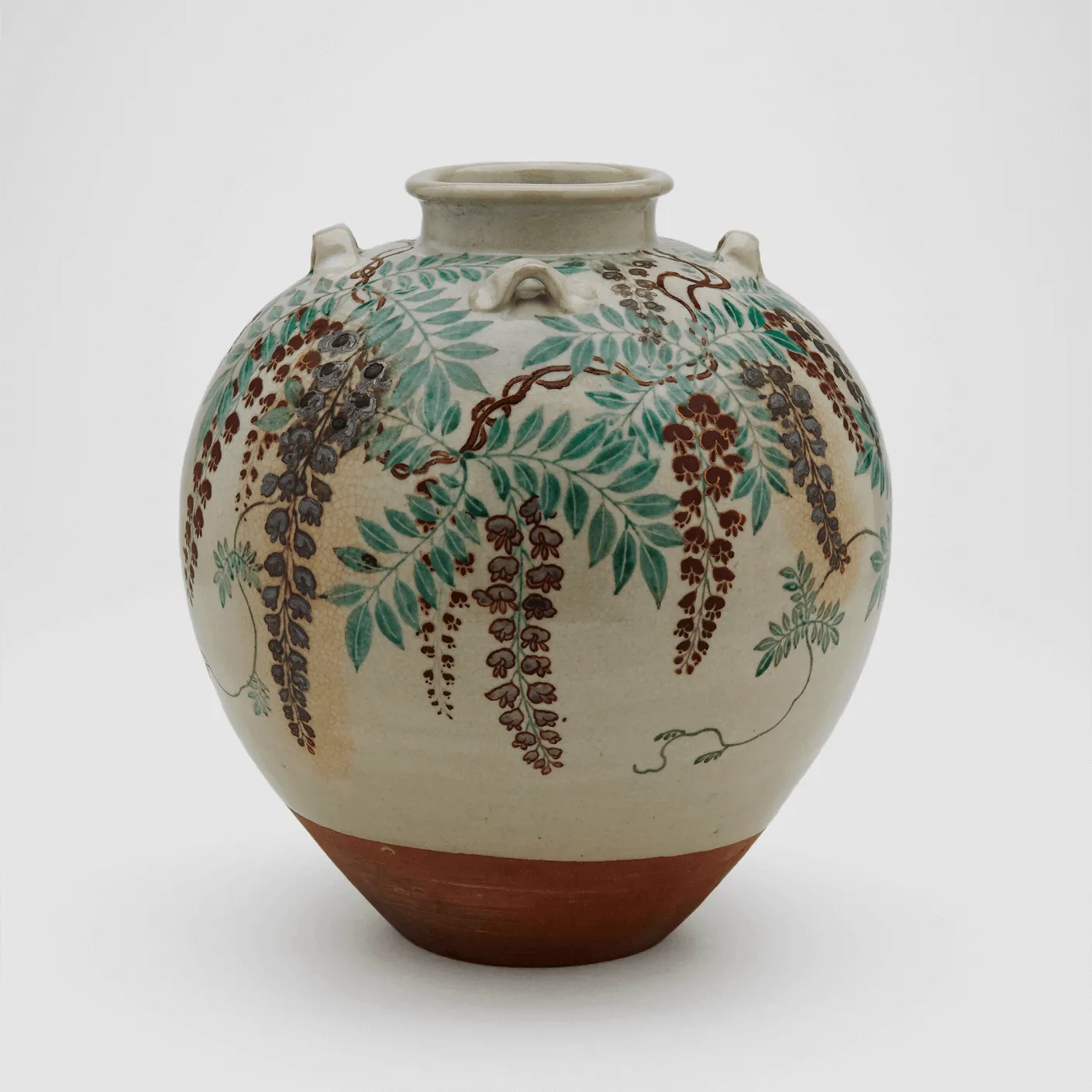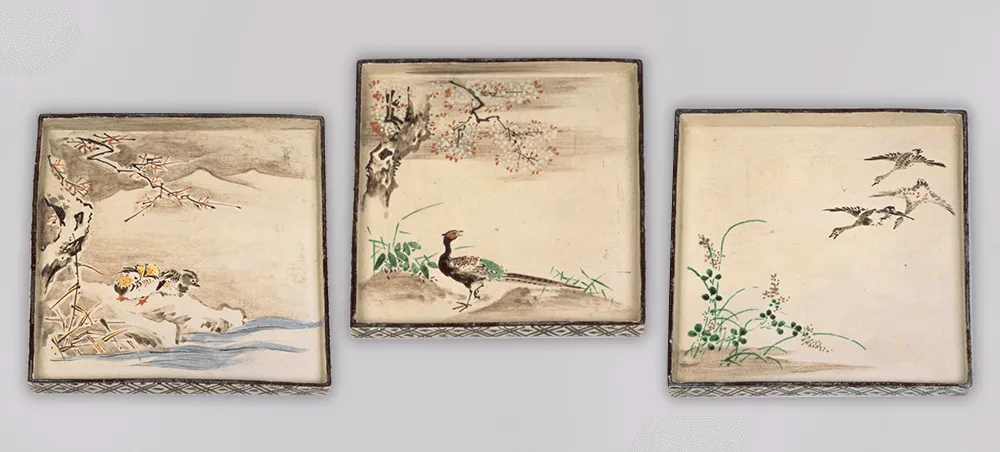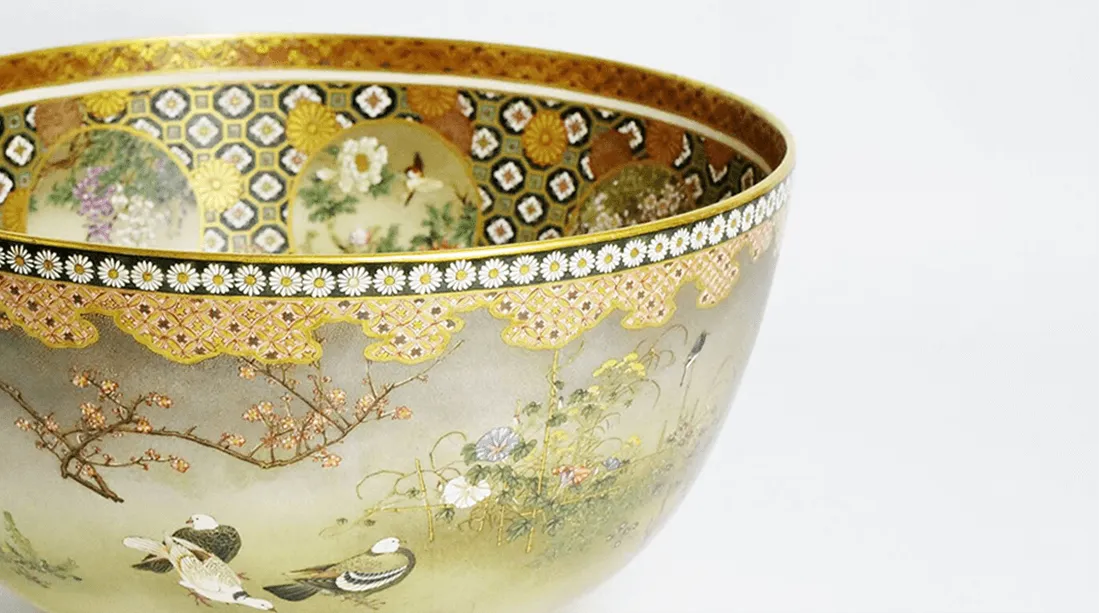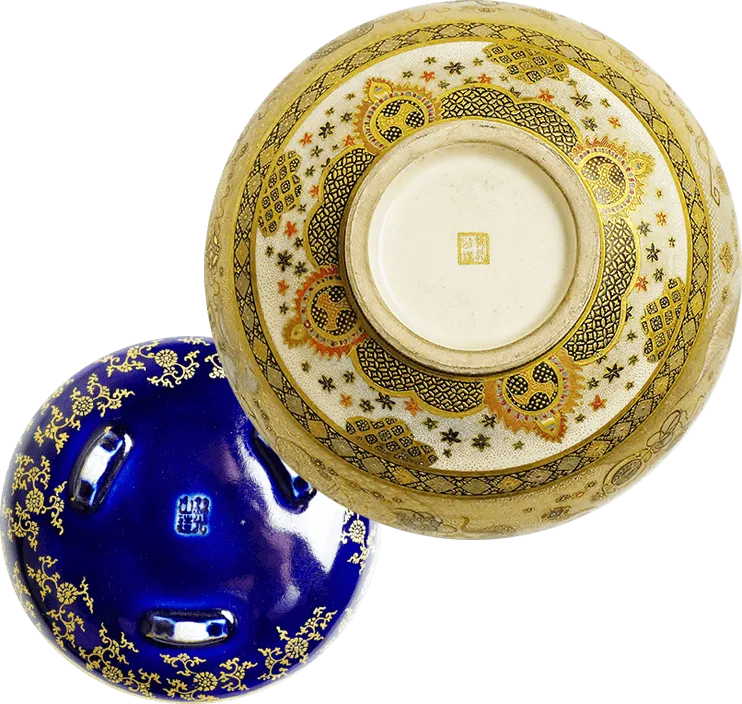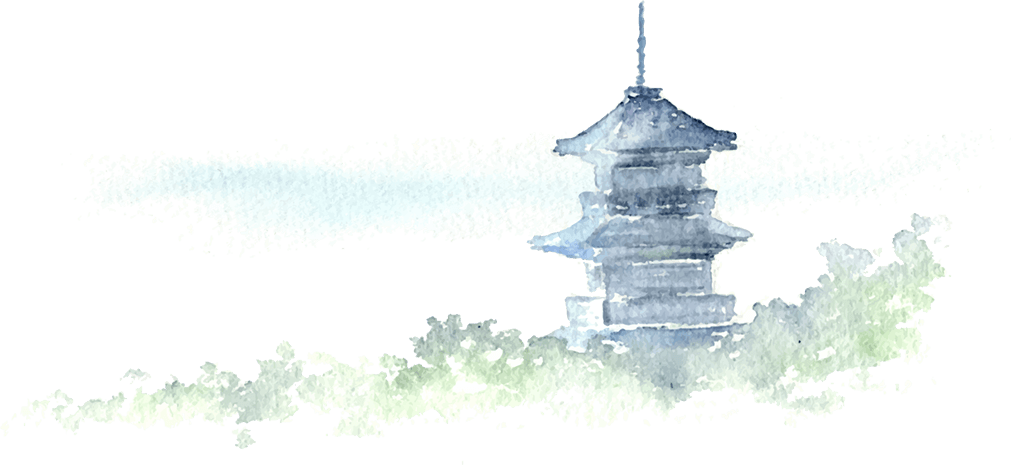One of Kyoto’s Traditional Crafts – Kyo Ware/Kiyomizu Ware
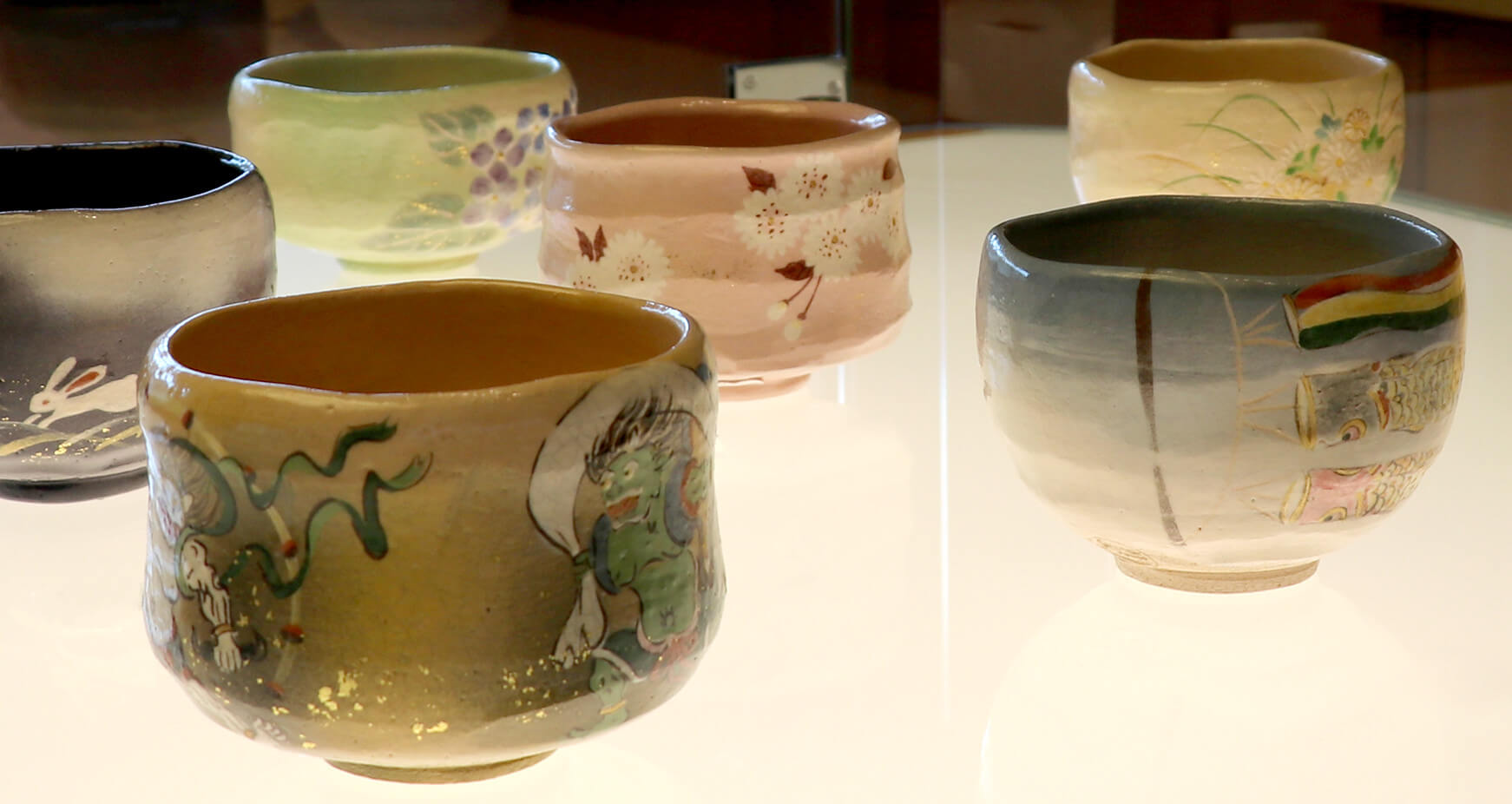
Pottery flourished in the city where the best of materials and craftsmen met
Kyo ware refers to the style of ceramics that spread from the Higashiyama area of Kyoto during the early Edo Period, the time when the art of the tea ceremony became popular. By contrast, the pottery produced along Gojo-zaka, a street leading to Kiyomizu Temple, was called, Kiyomizu ware. Nowadays, all pottery produced in Kyoto is referred to as Kyo ware/Kiyomizu ware.

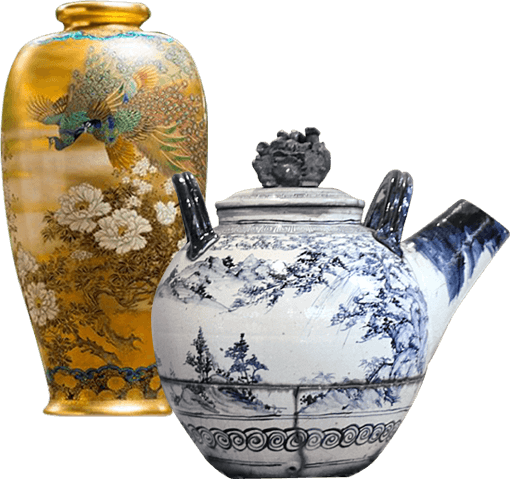
A Multitude of Shapes and Pictures. A Fusion of All Techniques.
There are no set patterns or techniques for Kyo ware/Kiyomizu ware. It is a fusion of all techniques. Kyo ware/Kiyomizu ware was born in the ancient palace city, where the best of materials and skilled artists from throughout Japan gathered and were blessed with the patronage of monks and priests, the Imperial Family and the aristocracy.


